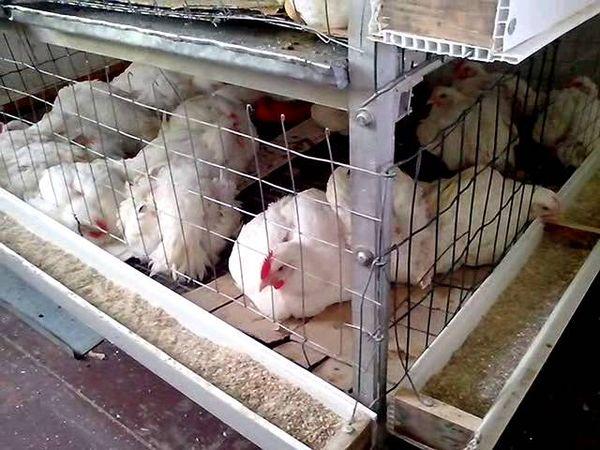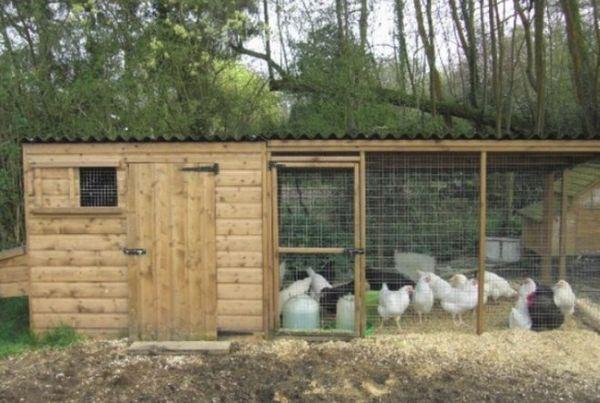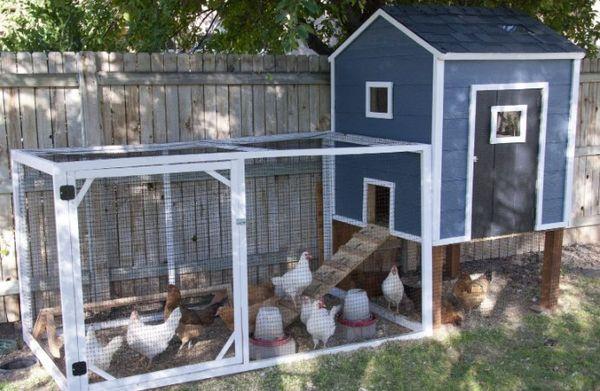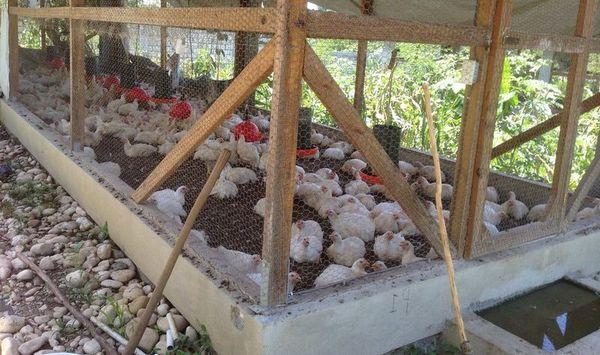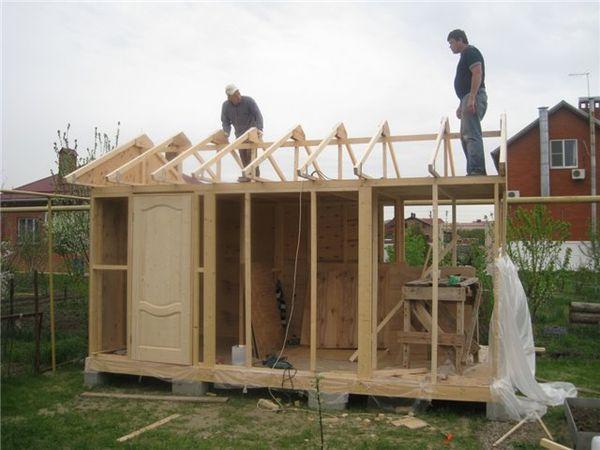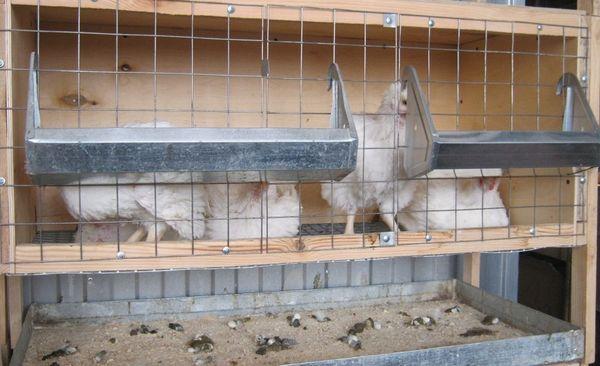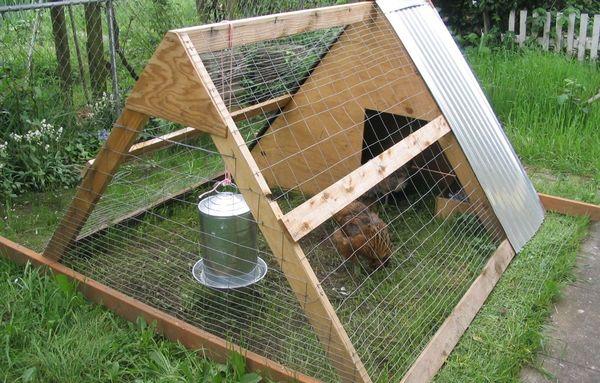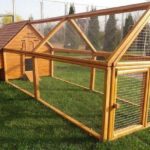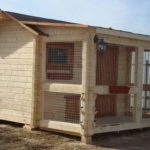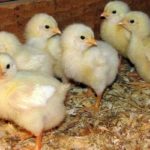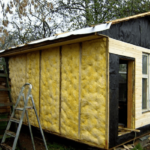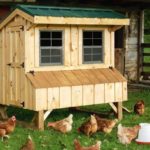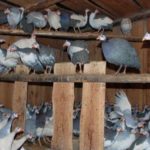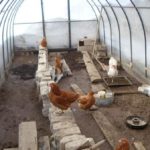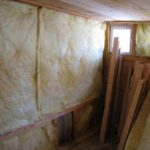Broilers are considered the most popular bird among poultry farmers. Such chickens differ from ordinary breeds in their accelerated growth and active weight gain. Before you start raising such birds, you need to make a chicken coop for broilers with your own hands.
- Features of a chicken coop for broilers
- Broiler breeding methods
- Cell method
- Outdoor breeding
- Choosing a suitable location
- Materials and tools for construction
- Calculations and dimensions
- How to build a chicken coop for broilers with your own hands
- Pouring the foundation and laying the floor
- Construction and insulation of walls
- Roof construction
- Lighting
- Ventilation
- Interior arrangement of a broiler house
- Installation of cages
- Feeders and drinkers
- Litter
- Possible design errors
- Lack of rodent protection
- Using unsuitable materials
- Conclusion
Features of a chicken coop for broilers
Before building a structure for breeding birds, you need to understand the main features of such chicken coops and their difference from structures for keeping laying hens. The process of keeping regular and meat chickens is different and therefore chicken coops also have certain differences.
Common specific features include the following:
- lack of nests for hatching eggs;
- compactness;
- insulated walls;
- additional lighting.
Also, the barn for keeping broiler birds should not have drafts, which could cause the chickens to get sick.
Broiler breeding methods
There are two common methods of raising broiler chickens that you should be familiar with.
Cell method
Some poultry farmers prefer to use cage-based poultry breeding. The main advantage of this method is considered to be the saving of free space in the chicken coop. Thanks to this, it is possible to save electricity spent on lighting and heating the room.
Raising birds in cages limits their contact with each other. This prevents the emergence and development of infectious diseases. Cages also restrict the movement of broiler chickens, allowing them to gain body weight faster.
Outdoor breeding
Sometimes people decide not to use cages and raise their chickens on the floor. In this case, you will not have to arrange the room and equip it with special cages for birds.
Floor breeding has many advantages, which is why many poultry farmers are starting to use it. Using this method, you do not have to clean up bird droppings every day.Instead, replacing the straw floor mat once a week is sufficient. When breeding birds using the floor method, there are no marks or marks left on the legs.
Choosing a suitable location
It is recommended to select the most suitable place to place the chicken coop in advance at the dacha. When choosing a location, you need to consider the following points:
- the poultry house should be located away from noisy places;
- the structure should be built on hills with solid soil;
- The chicken coop should not be located in shaded areas near tall trees;
- It is recommended that the building be located so that its windows are on the southeast side.
Materials and tools for construction
When constructing a chicken coop for broiler birds, special tools and materials are used, which include the following:
- Brick. It is considered the main building material used in the construction of structural walls.
- Cement. It is used to create a solid foundation, walls, and flooring.
- Boards. Strong boards may be needed to make a wooden roof frame.
- Ruberoid. The main waterproofing material that prevents roof leaks.
Calculations and dimensions
Before you build summer chicken coop for 10 chickens, you need to make all measurements with calculations. For three small broilers you will need a square meter of free space. Therefore, if the pen consists of ten birds, the size of the chicken coop is made at least 2 x 2 meters. If there are ten more chickens, you will have to build a structure measuring 3 x 3 meters.
Having decided on the dimensions, be sure to make a drawing. It indicates the size of the poultry house, its height and the length of the walls. An aviary is also marked on the diagram if the chickens will be walked outside.
How to build a chicken coop for broilers with your own hands
The construction of a poultry house is carried out in several successive stages.
Pouring the foundation and laying the floor
To build a solid foundation, dig a trench 40-50 centimeters deep. Then horizontal beams are laid inside the pit at a distance of 15 centimeters from each other. The created structure is filled with cement and sand.
Once the foundation has hardened, you can start laying the floor. The flooring is made of wood, as it retains heat well and protects the room from temperature changes.
The boards must be laid on roofing felt, which will protect the chicken coop from moisture.
Construction and insulation of walls
After creating the foundation with the floor, they begin to build the walls. The frame is made of high-strength wooden beams. When installing them, you need to leave small openings for windows through which sunlight will enter. When the beams are installed, they are covered on both sides with plywood sheets or boards.
The inside of the walls must be insulated with foam rubber or mineral wool. Some use foam and wood shavings as insulation.
Roof construction
The final stage of construction is the construction of the roof. Experts recommend creating it from hard and durable types of wood. Before laying, all wood is treated with special compounds to improve the moisture resistance of the material. The roof surface is covered with roofing felt or any other waterproofing material.
It is recommended to make a gable roof so that snow and moisture do not accumulate on it.
Lighting
There should be enough light inside the chicken coop and therefore it is recommended to think about lighting the room in advance. For better access to natural light, 1-2 small windows are made on the south side of the house.
If you need to illuminate the chicken coop in the evening or at night, additional lighting lamps are installed. In this case, they must be hung at a height of one and a half meters from the floor surface.
Ventilation
Any chicken coop should be equipped with a good ventilation system that will ensure air circulation inside. To do this, several small windows are made.
Interior arrangement of a broiler house
The arrangement of the broiler chicken coop inside is carried out in three stages.
Installation of cages
If broilers are raised using the cage method, cages will have to be installed inside the house. They must be installed in such a way that they are located at a distance of 15-20 centimeters from the walls. The cages are placed in several rows 100-120 centimeters high.
Feeders and drinkers
You can make your own bird feeder. An ordinary water pipe made of polyvinyl chloride is suitable for this. Cuts are made in its walls 20 centimeters long and 10-15 centimeters wide. Then the structure is attached to the wall with screws and filled with feed.
You can use ordinary metal toes or unnecessary plates as drinking bowls.
Litter
The floor inside the chicken coop can be covered with the following materials:
- Sawdust. Often the floor surface is covered with sawdust obtained from larch, spruce or pine. This bedding has excellent moisture absorption.
- Straw. The distinctive features of this material include its warming properties. Straw also absorbs moisture well.
Possible design errors
People who are building a chicken coop for the first time may make some mistakes.
Lack of rodent protection
When constructing a poultry house, care must be taken to ensure that the structure is raised from the soil at a distance of 5-10 centimeters. If the insulation comes into contact with the ground, rodents will grow inside. They chew wood, insulation and infect chickens with diseases.
Using unsuitable materials
Some poultry farmers use the wrong materials when building chicken coops. These include PVC, chipboard and plasterboard sheets. All these building materials quickly collapse due to the fact that they absorb a lot of moisture.
Conclusion
Before breeding broilers, you need to build a suitable chicken coop. It is recommended to understand in advance the features of creating a poultry house and its internal arrangement.

